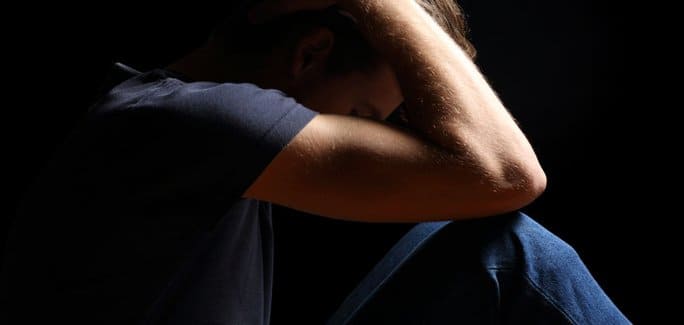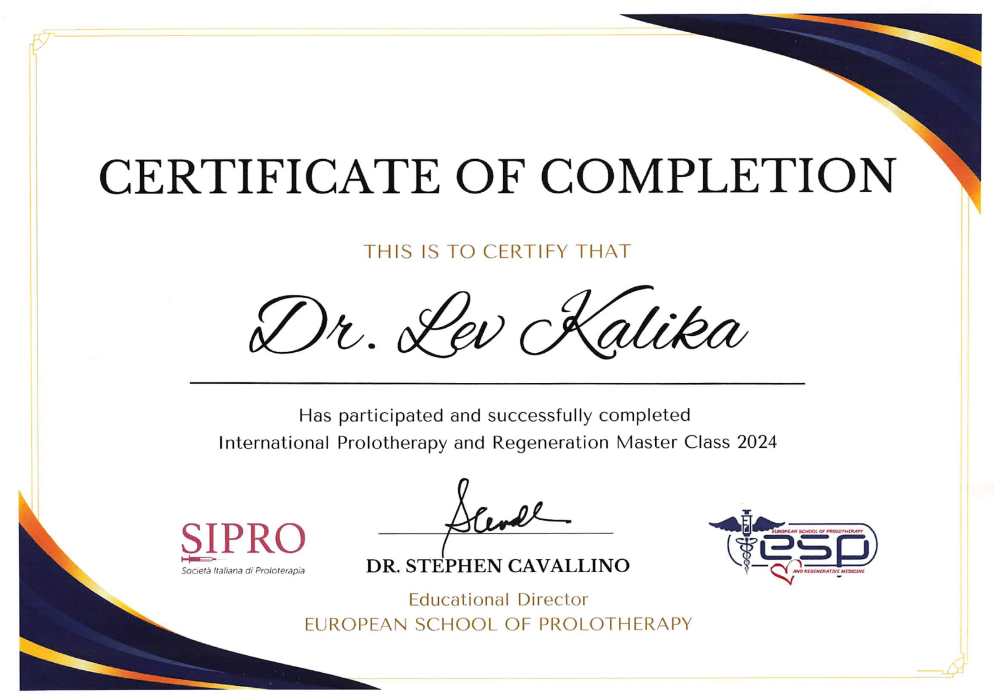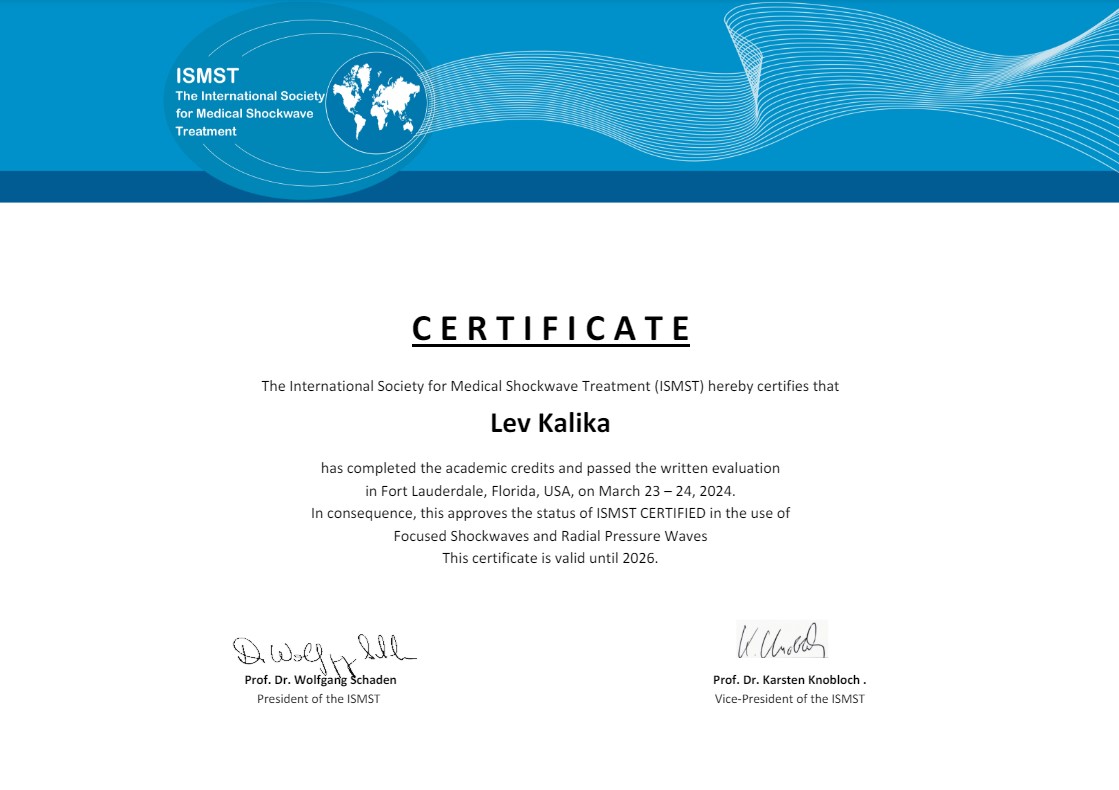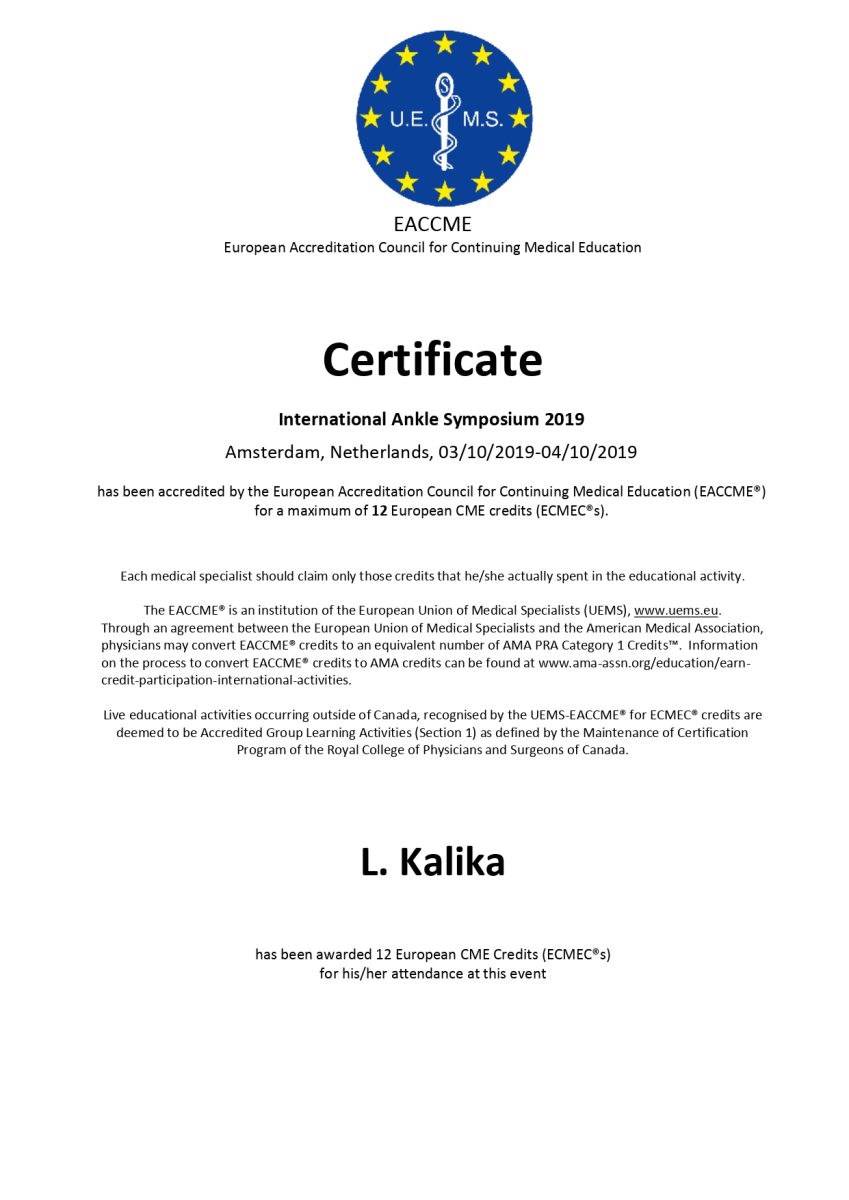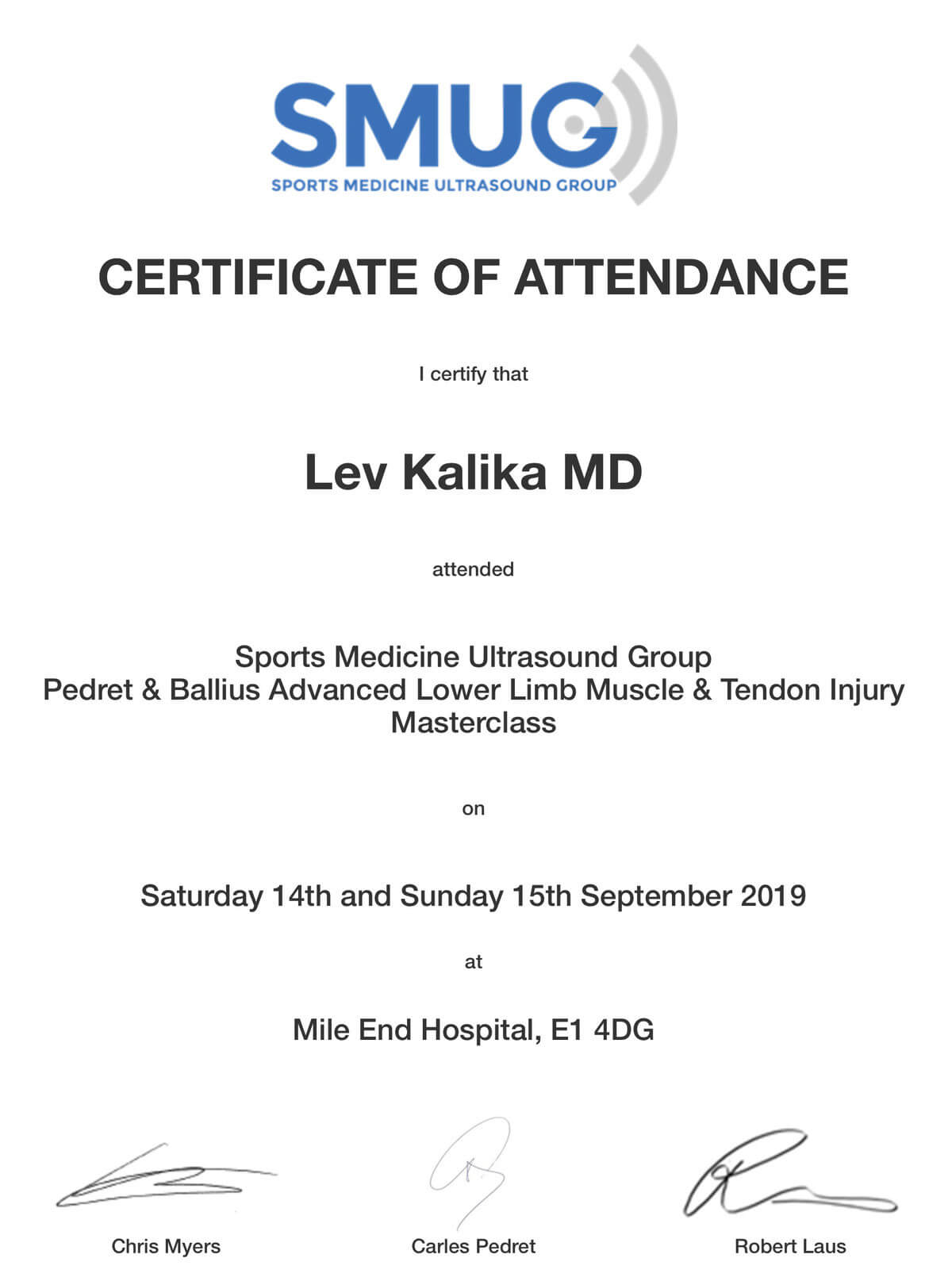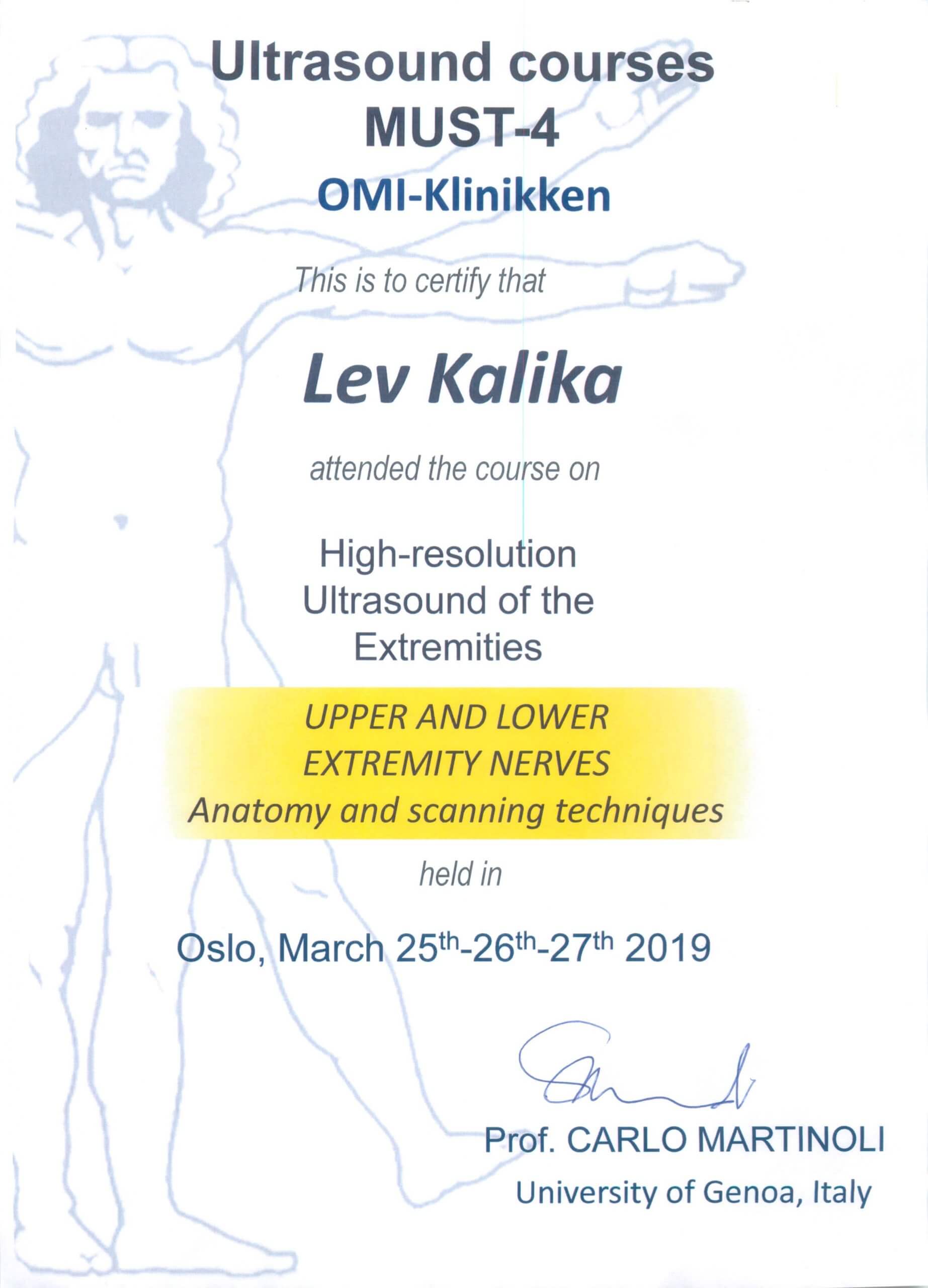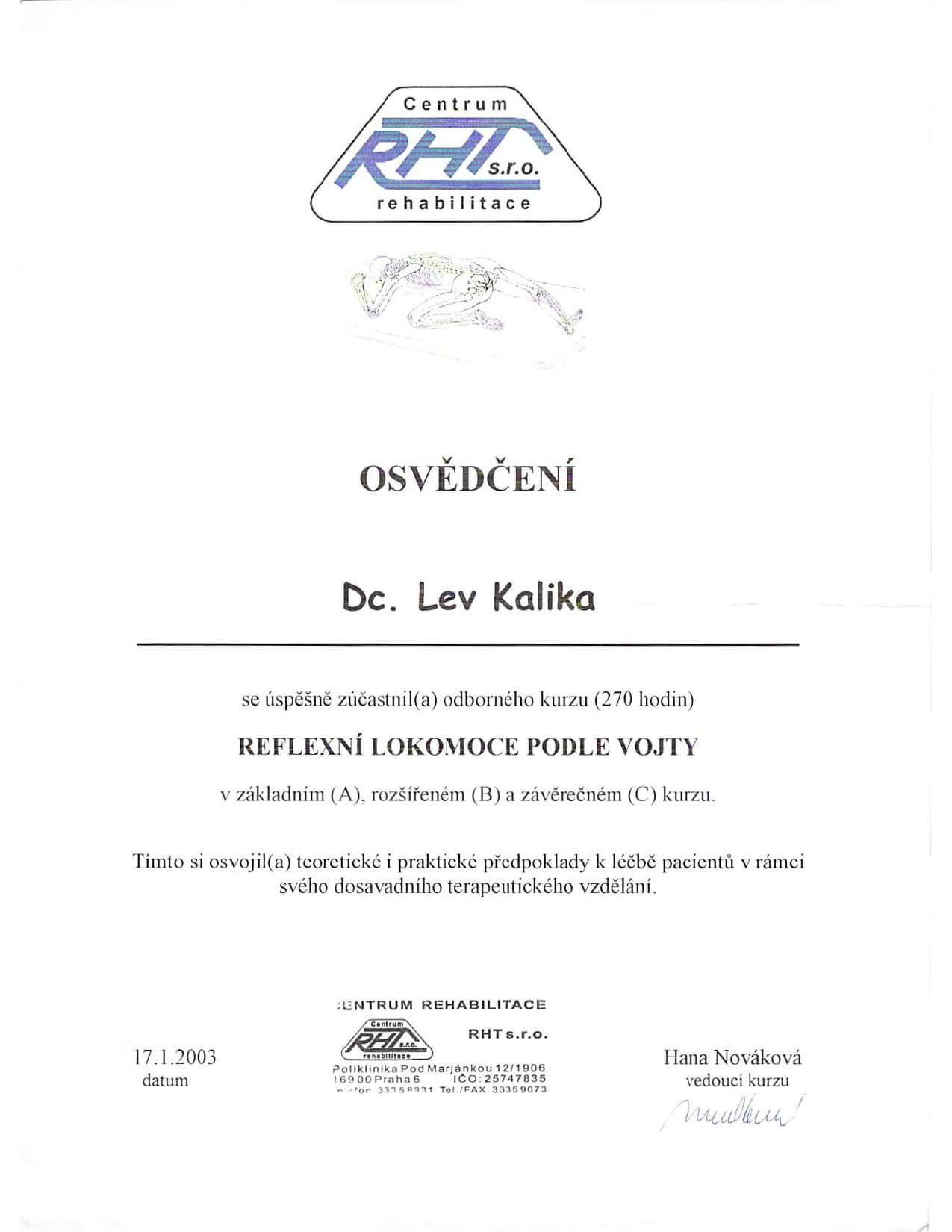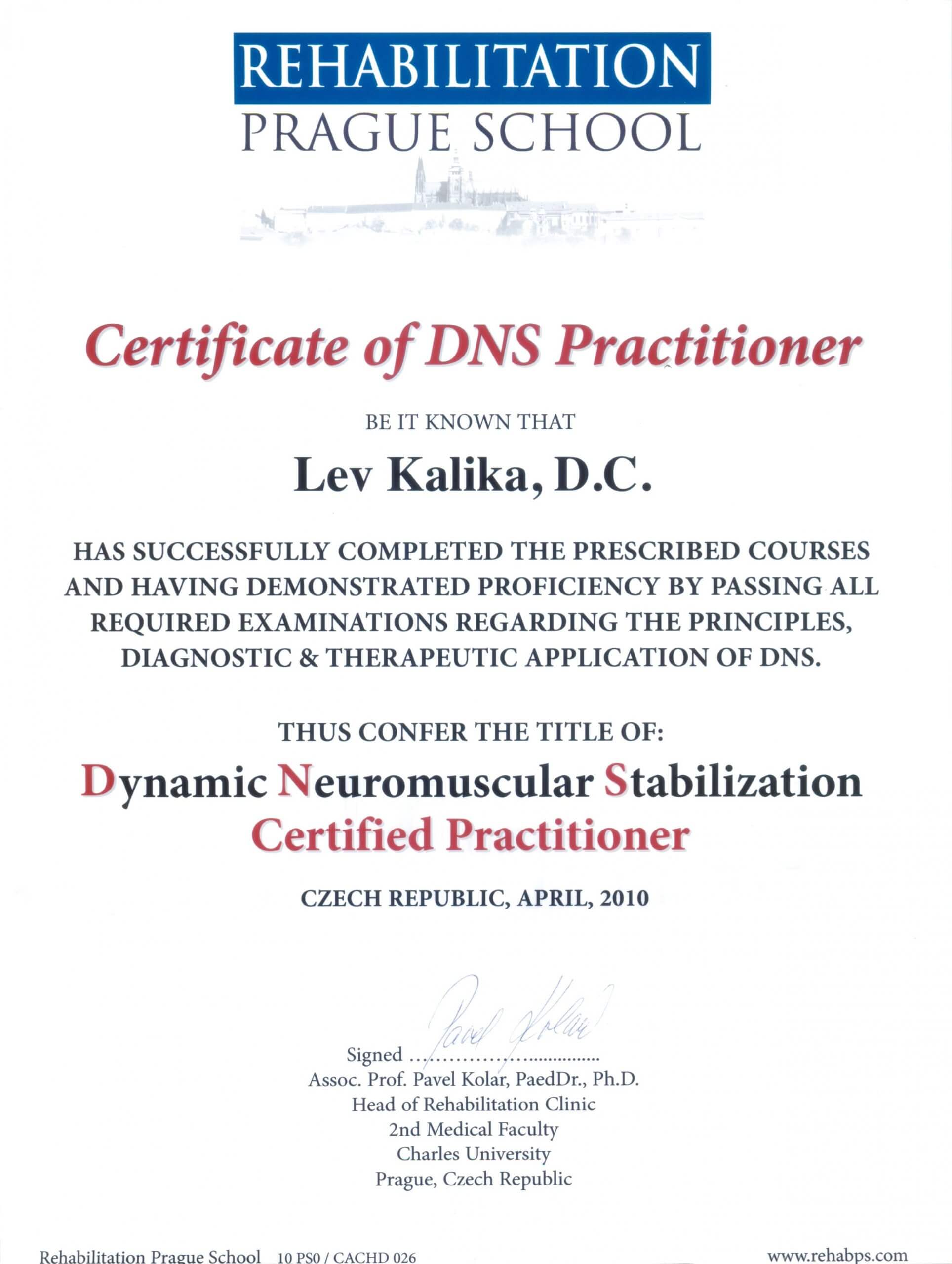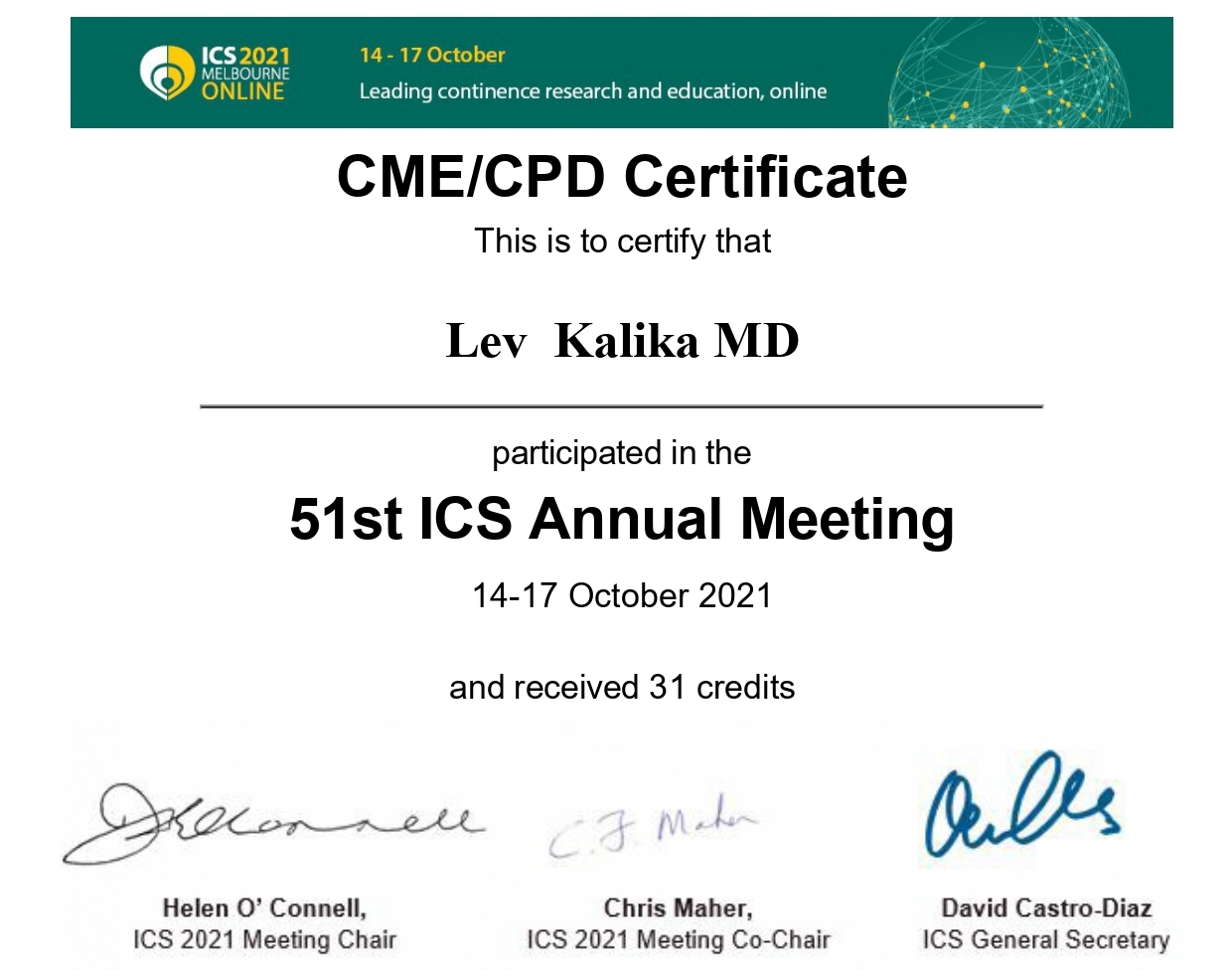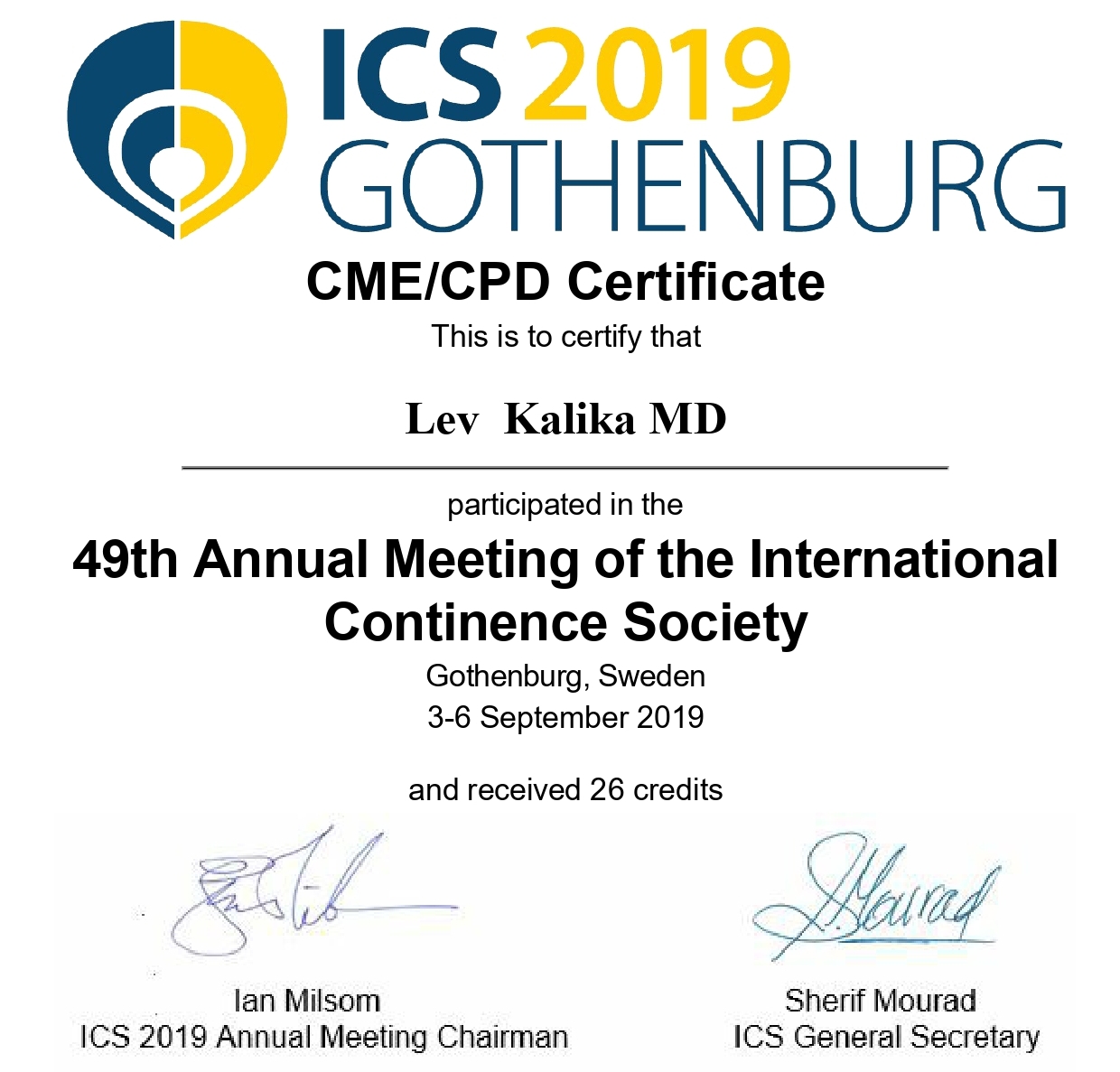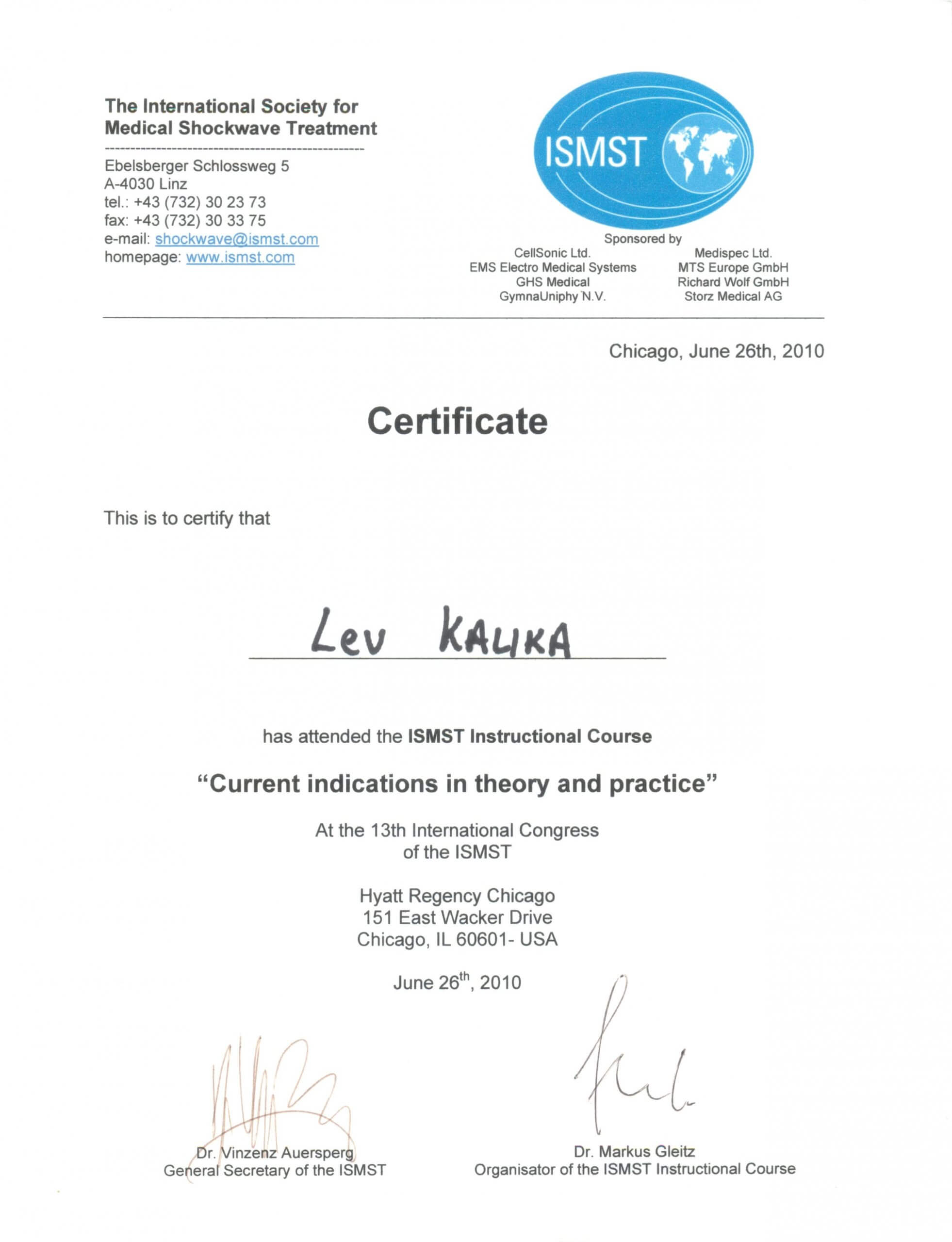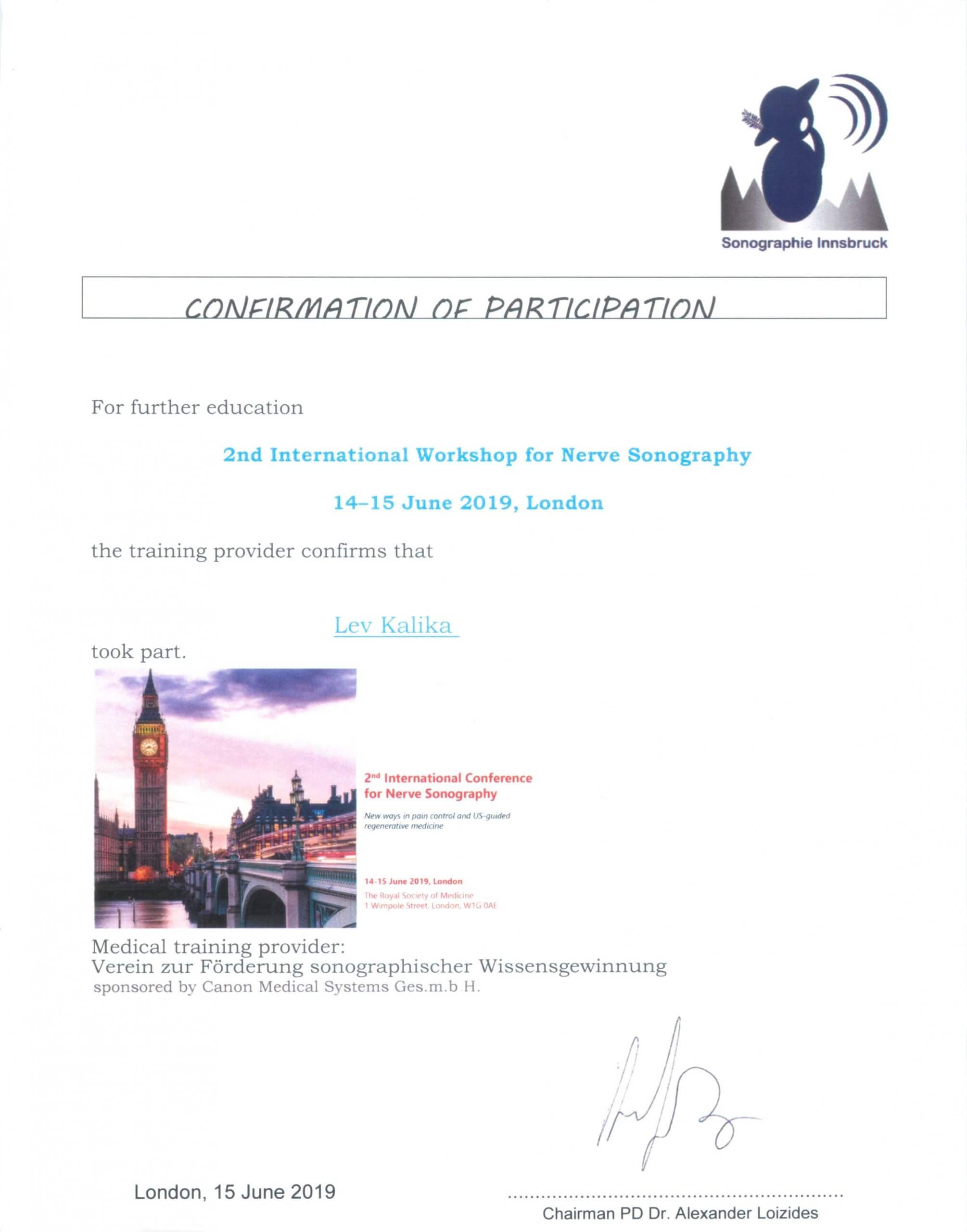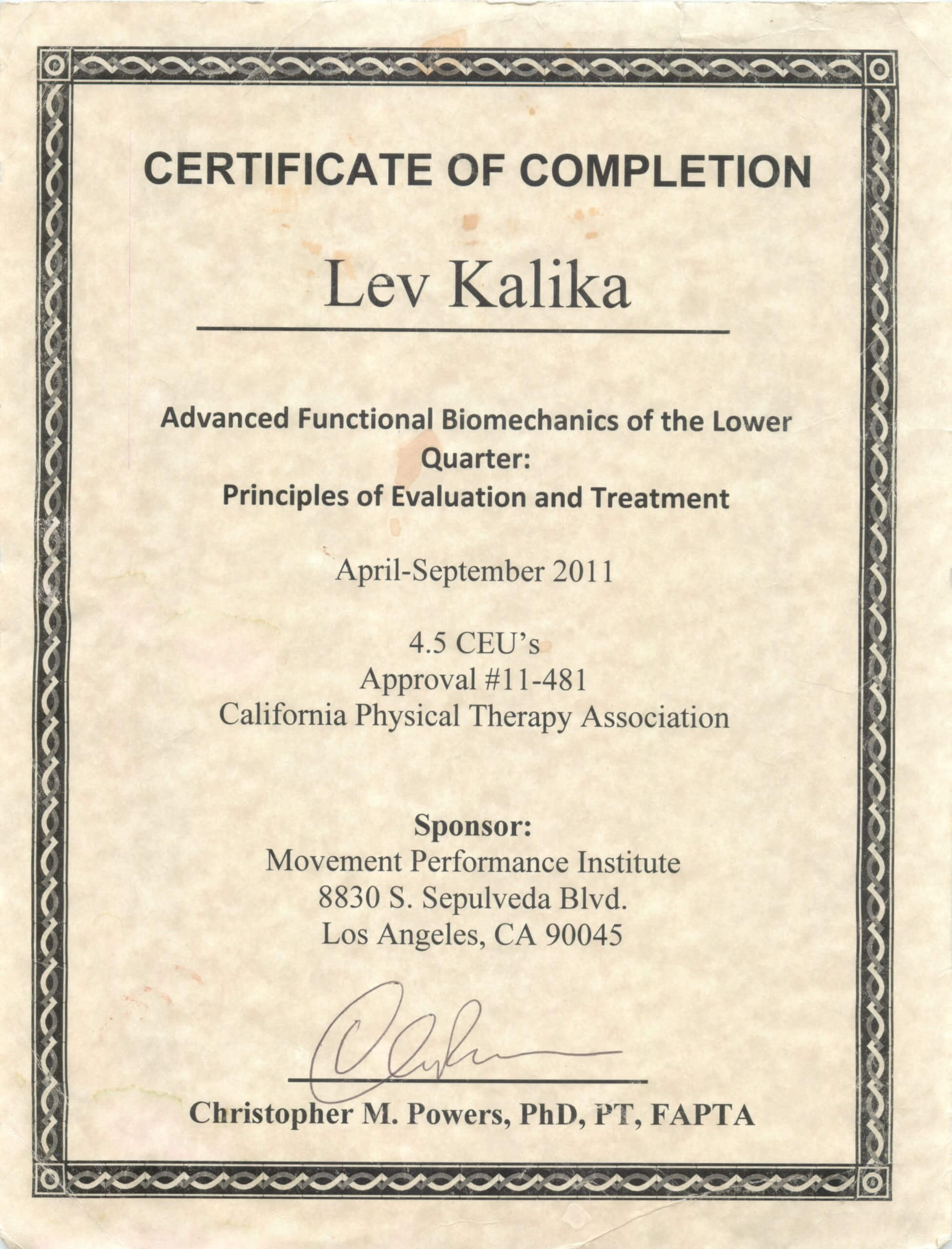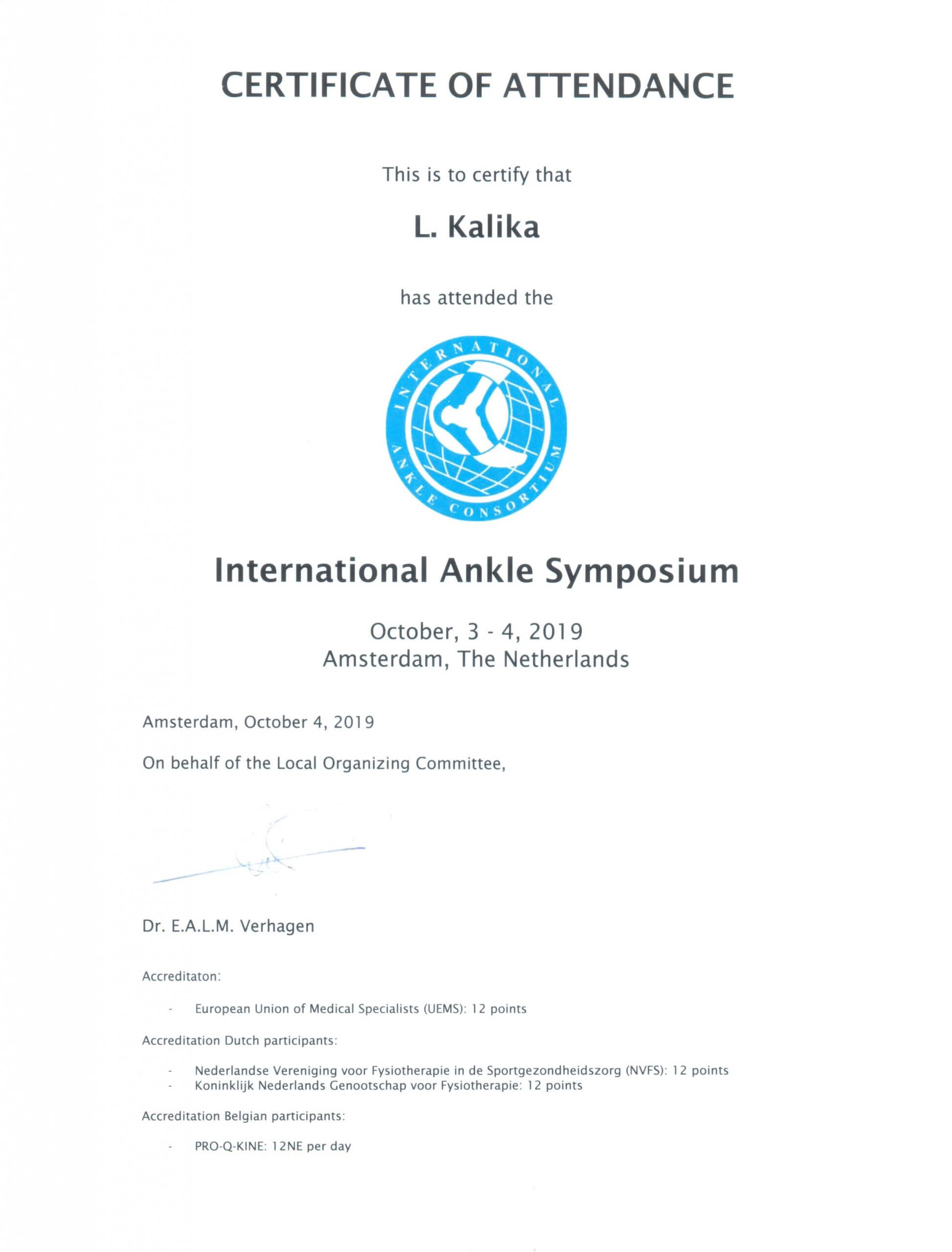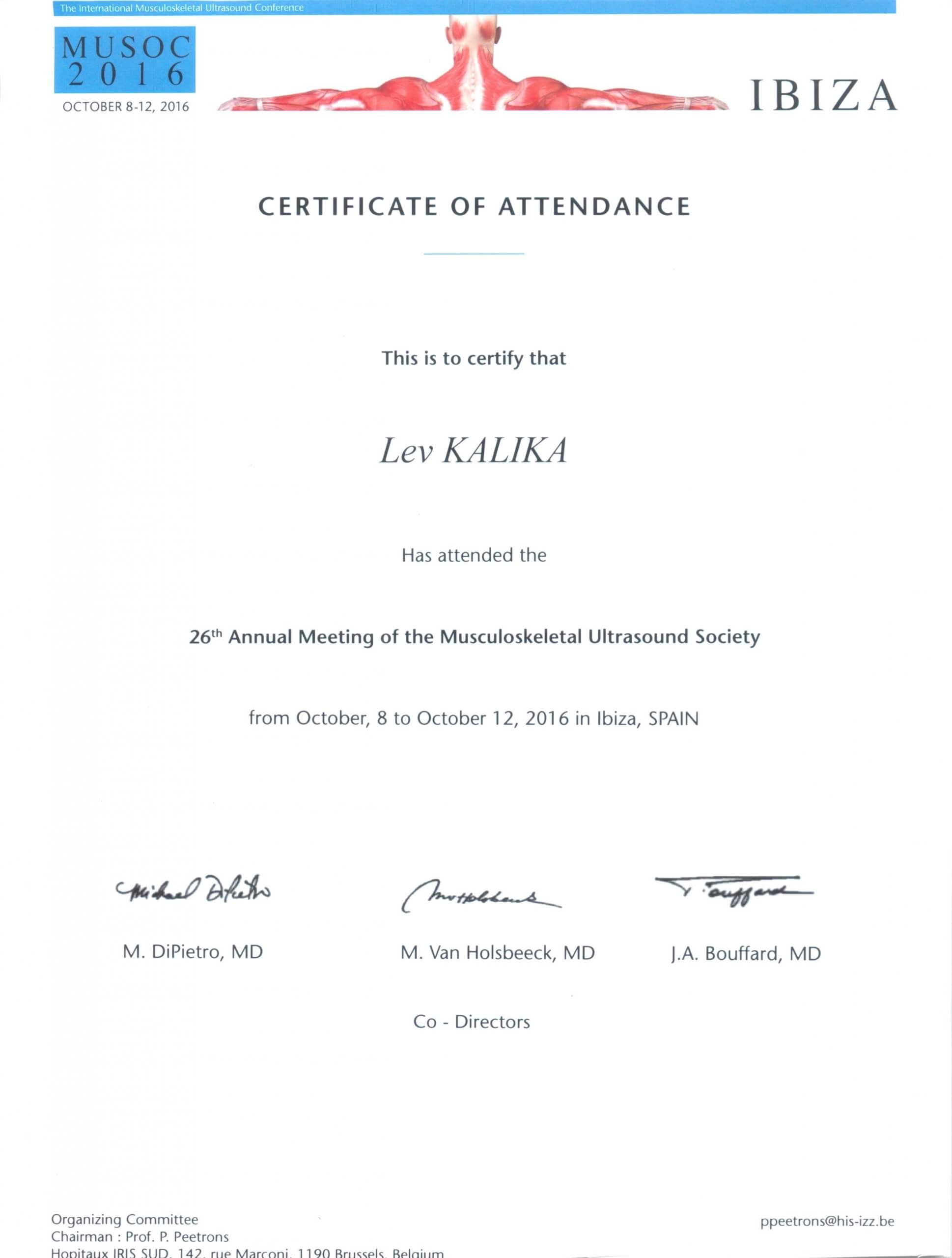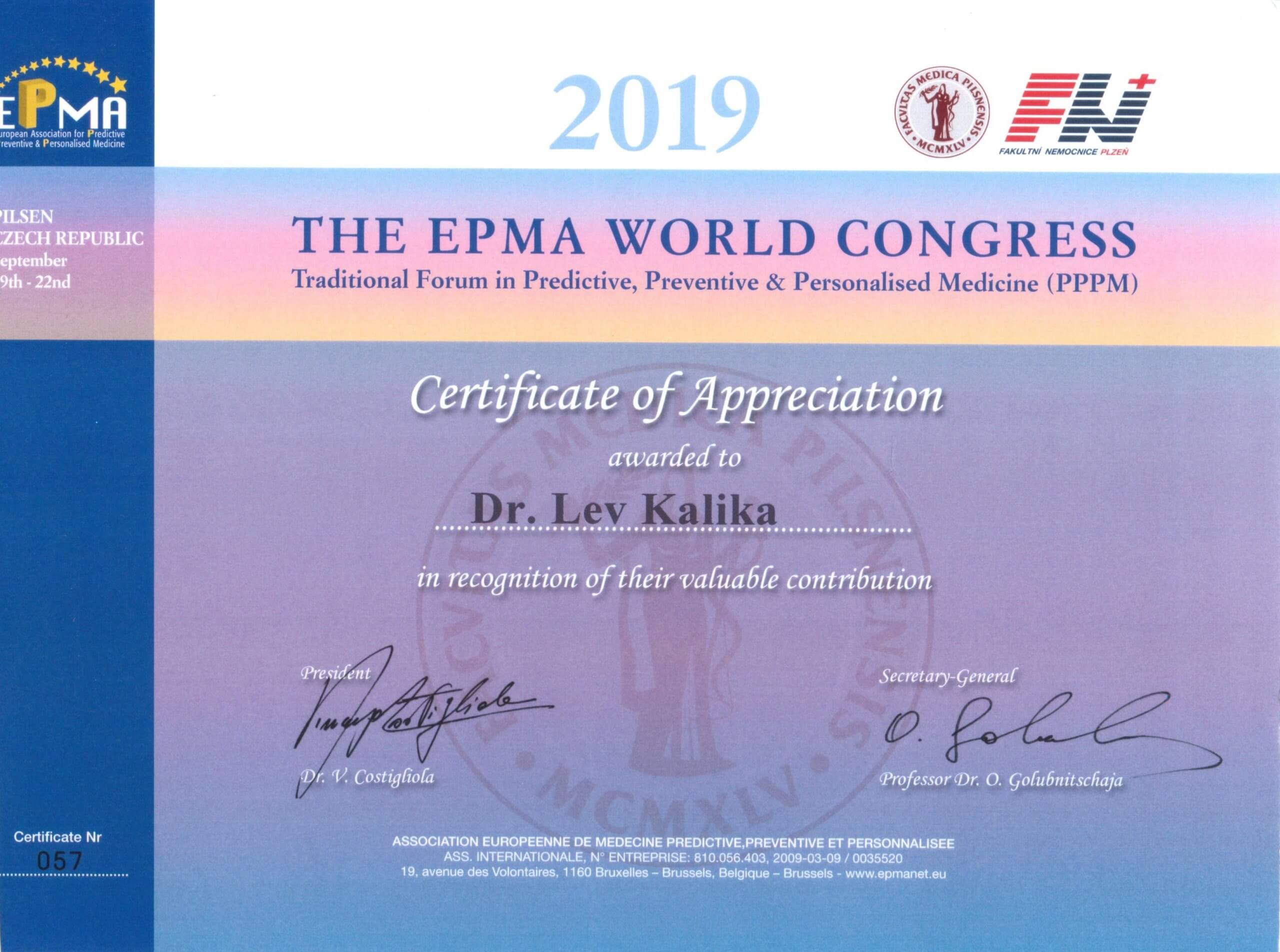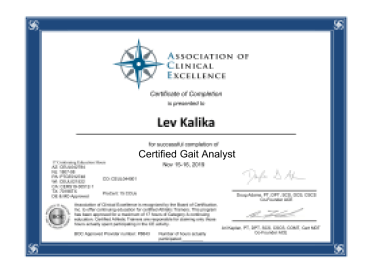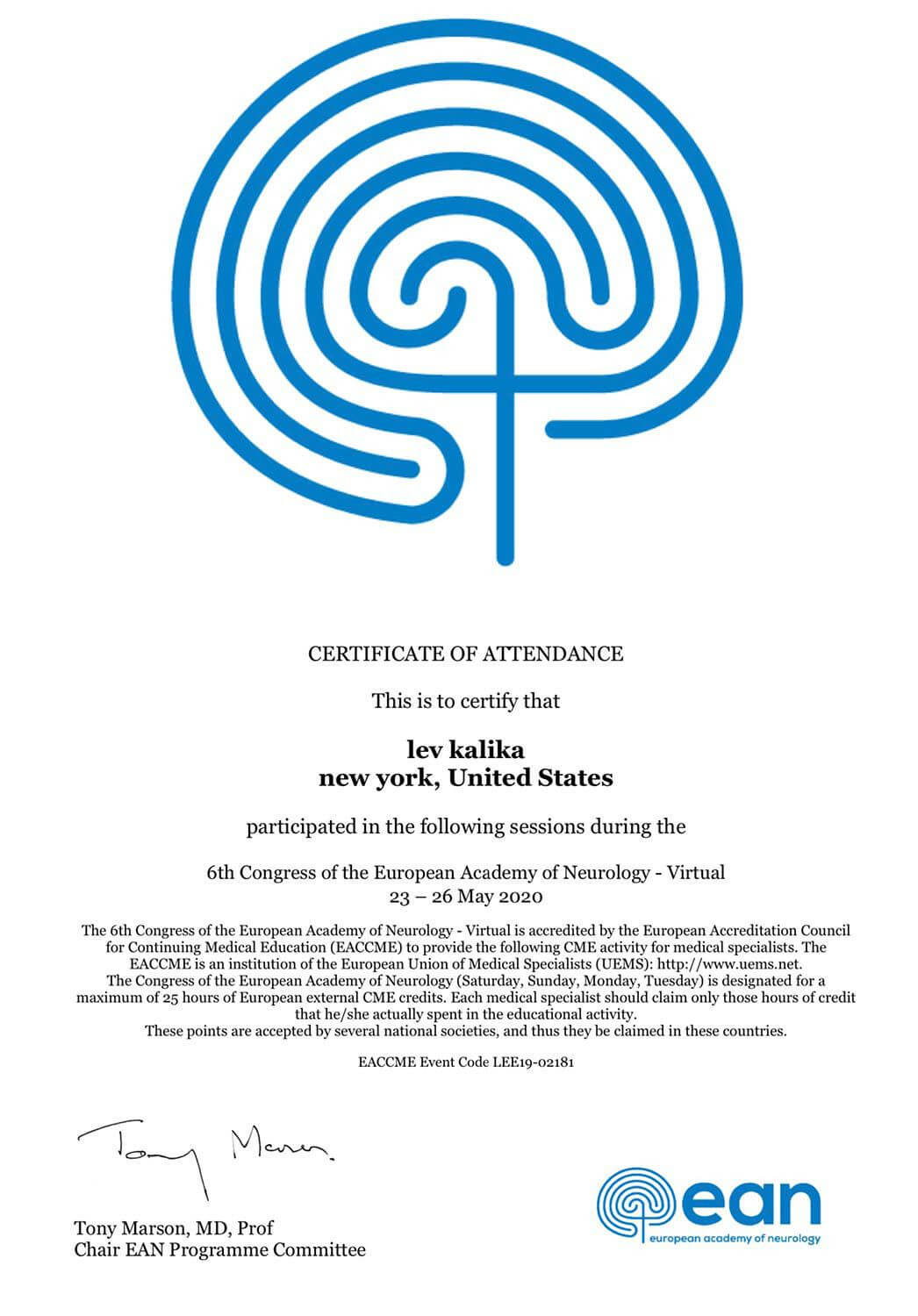For decades, the United States of America has been and remains the richest and most powerful country in the world. But if recent research is any indication, there may be some fatal cracks in its foundation, namely in the perceived well-being of the American People.
A recent paper released by the National Bureau of Economic Research summarizes and examines the findings of researcher Carol Graham, published in her book, “Happiness for All?” The paper, a review essay by Blanchflower and Oswald (2017), looks at and expounds upon some of Graham’s research as cited in her book, concluding that the author may be correct in her proposition that “Americans appear to be in greater pain than citizens of other countries, and most sub-groups of citizens have downwardly trended happiness levels.”
While Graham’s research covered a plethora of American complaints, one that stands out is Americans’ perception of “bodily aches and pains.” Data was collected from 52,000 surveys from residents of more than 30 nations, and one question appeared to be particularly revealing.
Survey participants were asked, “During the past 4 weeks, how often have you had bodily aches or pains?” Four answer options were given: Never; Seldom; Sometimes; Often; Very often. Americans topped the list, with 34% reporting experiencing pain often or very often. The Czech Republic scored the lowest, with only 8.4% reporting frequent pain.
While the notion of pain can vary from a hangnail or toothache to severe pain caused by structural damage or disease, the question remains whether Americans in fact experience more pain than the people of other nations, or if our pain is perceptual, based on expectations that we should never experience pain.
Some have suggested that obesity and its health hazards may explain higher levels of pain in Americans, but the obesity epidemic is trending upward globally, according to T.H. Chan of Harvard’s School of Public Health. While America is still the most obese nation, with approximately 30% of its people tipping the scales, the trend is growing in the most affluent countries, with the poor carrying the greatest burden of the disease.
Another hypothesis is that pain killers are to blame. Americans consume roughly 80% of the global supply, and opioids are said to have a paradoxical effect, actually increasing the perception of pain rather than dulling it. However, even though Americans do consume a disproportionate amount of the world’s pharmaceutical supply, it is unlikely that the survey participants were all opioid users.
A third theory is that unhappiness and pain seem to go hand in hand. Graham’s research revealed that Americans’ overall perception of happiness was diminishing, a trend corroborated by other research cited by Blanchflower and Oswald. Depression is known to affect body chemistry in ways that may heighten the perception of pain.
Whatever the reasons for American pain, drugs only treat the symptoms, without offering any hope for a cure. The rehabilitation team at NYDNRehab is dedicated to getting at the source of pain and correcting it, rather than just treating its symptoms. If you are suffering from chronic pain, contact NYDNRehab today, and discover a more holistic and lasting way to restore your body to total pain-free wellness.
Resources
Blanchflower, David G., and Andrew Oswald. Unhappiness and Pain in Modern America: A Review Essay, and Further Evidence, on Carol Graham’s Happiness for All?. No. w24087. National Bureau of Economic Research, 2017.
Graham, Carol. Happiness for All? Princeton University Press, 2017.


